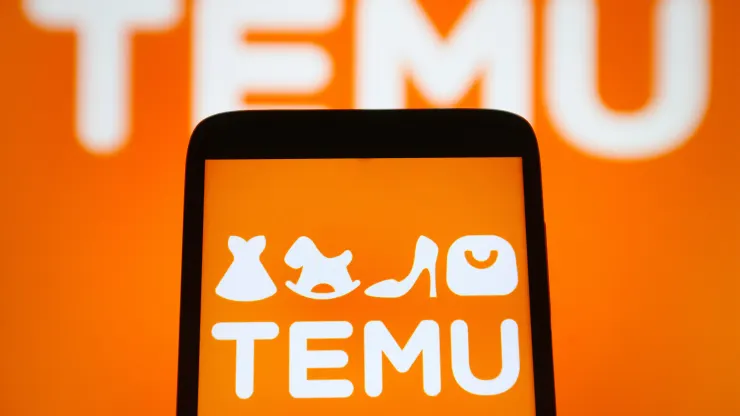
Shopping at Chinese Online Stores Is More Expensive Than We Think
With prices you can’t say no to, Chinese online retailers like Temu and Shein are making waves across Denmark.
Despite warnings of toxic chemicals and slave-like working conditions, consumers still choose the low prices. But in reality, they are more expensive than we think.
By Lena Trend, owner of COZE Aarhus
A pair of jeans for 67 kroner or a new dress for 24,5 kroner. These are tempting offers to Danish shoppers at Temu, the newest Chinese online store on the market, which has rapidly climbed to the top of the list of the Danes’ favourite online shopping platforms. With such microscopic prices, the average consumer can probably deduce that somewhere in the process, someone is getting a bad deal. And if it’s not the seamstress, the factory worker, or the delivery worker, then at the end of the day it’s ourselves and the planet we inhabit. Still, according to a survey from
the Danish Chamber of Commerce, Temu has leapt into the third place among the Danes’ favorite online retailers.
Despite ongoing discussions about synthetic chemicals in production, environmental harm, or overconsumption, price remains the determining factor in Danish consumer choice. Let’s therefore speak in terms that consumers understand and clarify a simple calculation that we tend to forget when shopping at online retailers on the other side of the globe.
It’s not as cheap as we think
Tænk, the Danish Consumer Council, recommends using a piece of clothing at least 50 times, but surveys suggest that a piece of cheap clothing on average is only worn seven or eight times before it’s disposed of. We should then ask ourselves whether these uber-successful online stores are as cheap as we think. If a pair of jeans cost 100 kroner and are worn only seven times, that means a cost per use of 14 kroner – That’s
cheap for sure, but if you invest in a pair of high-quality 750 kroner jeans and wear them once a week for a year, young up with the same cost per use. A pair of jeans at that price will probably last you even longer than a year. If you consider that these amazingly cheap clothes are only worn seven or eight times, or perhaps not worn at all, the cost per use is incredibly high.
We’re addicted to good offers
The Danes live in the belief that Chinese online retailers can offer their low prices because there are no intermediaries driving up production costs, when in fact it’s rather due to a mad marketing strategy that’s designed
to push us over the edge of our already grotesque overconsumption. We overlook the hormonal disruptors, the unwanted chemicals, the environmental impact, the horrible working conditions, and all the other concerns, when rows and rows of limited time offers and absurdly low prices roll across the screen. Like the warning labels on cigarette packages – when we’re already addicted to the shopping fix, the warnings no longer register, no matter how horrible the warnings are, and how much we know they are true.
So perhaps we should play the same game as Temu and Shein and compete on great offers. Let’s go back to the 750 kroner jeans. If they last you 200 uses, they will cost 3,75 kroner per use – Not even Temu or Shein can compete with that price.
